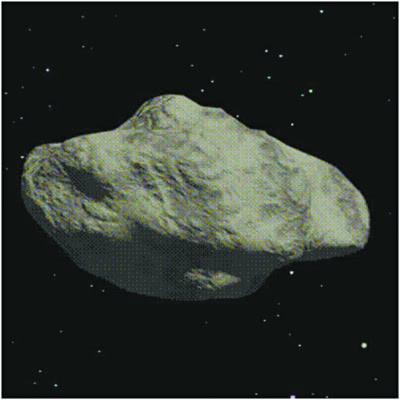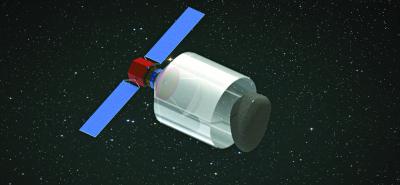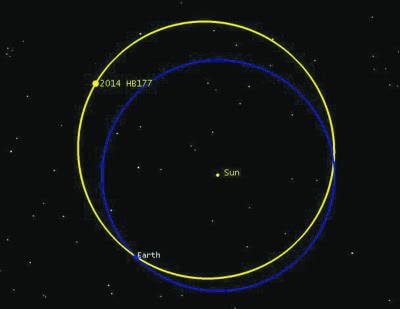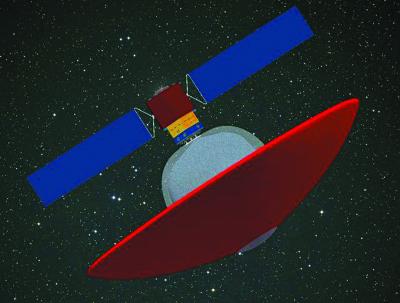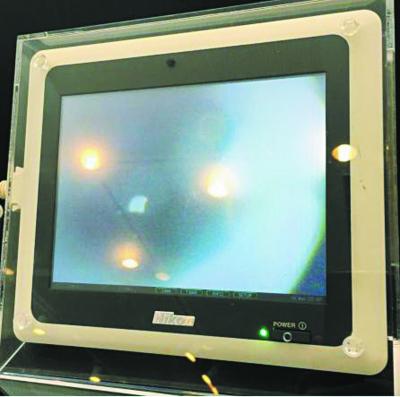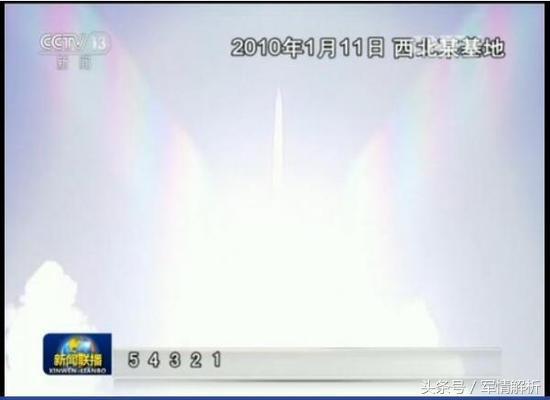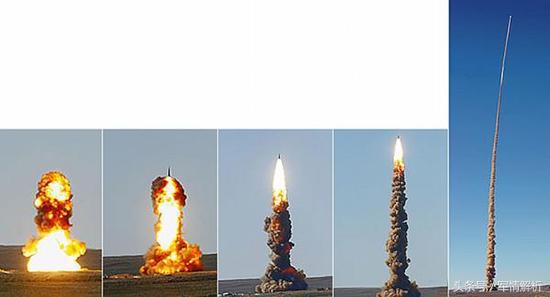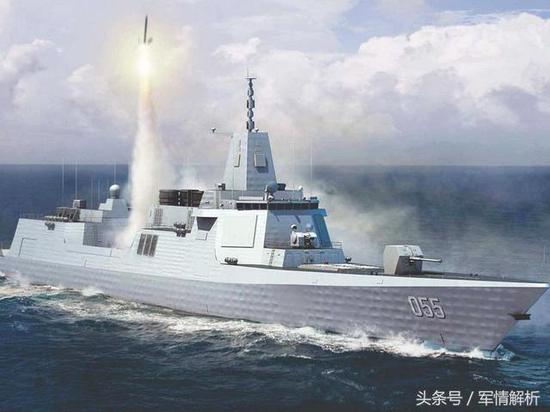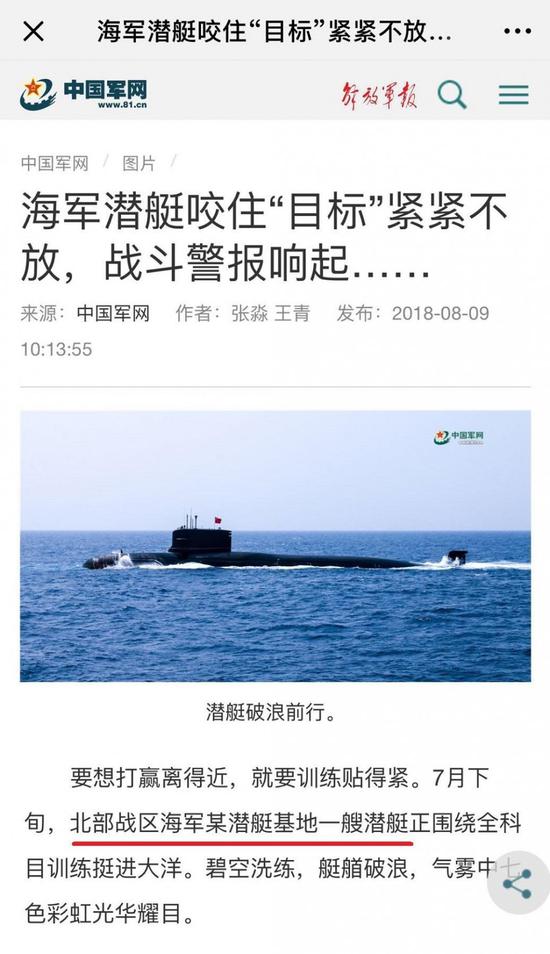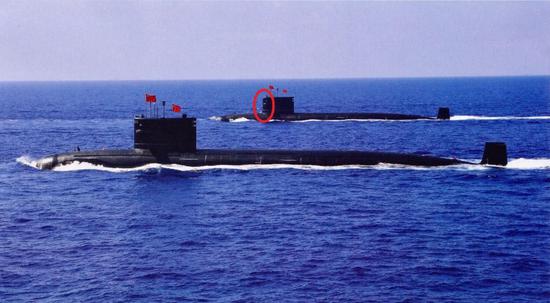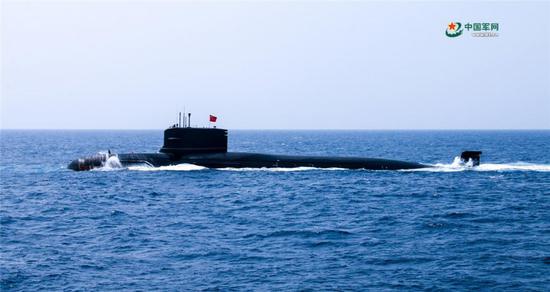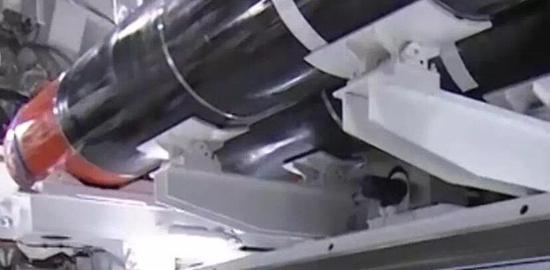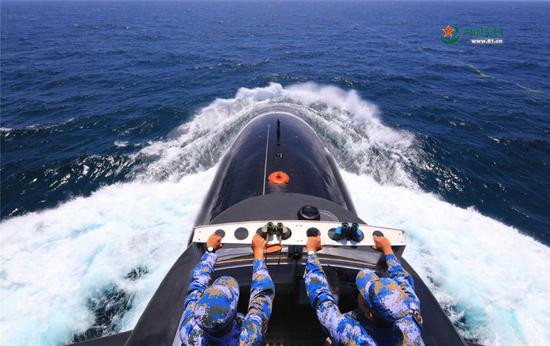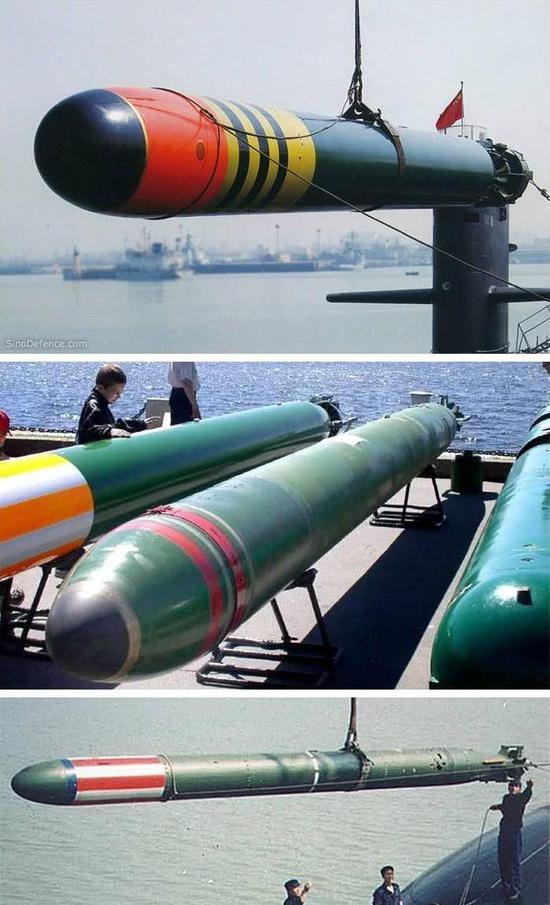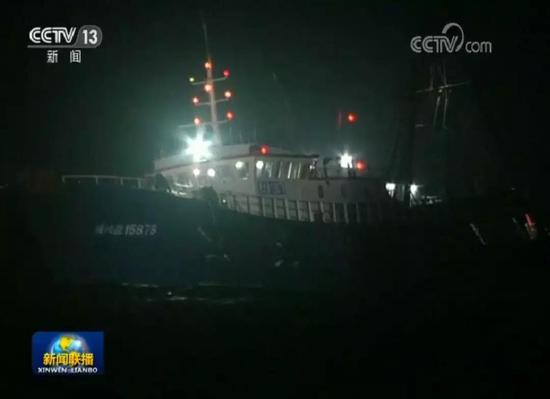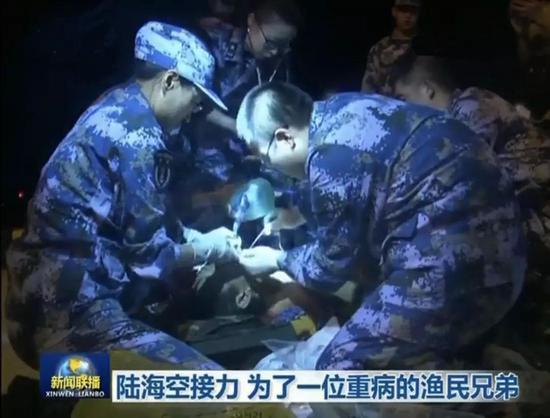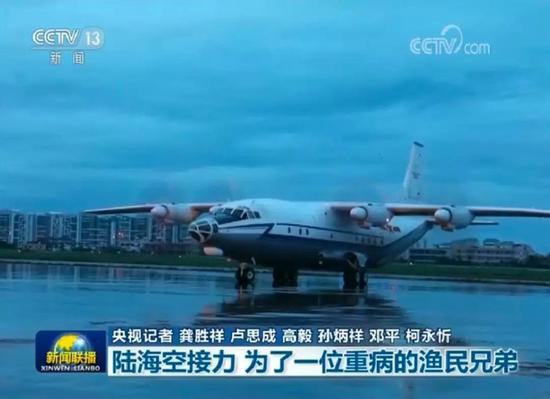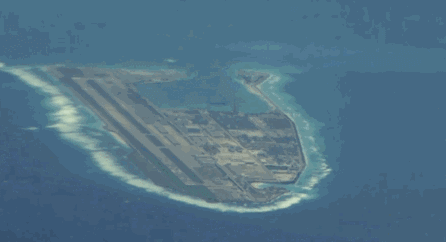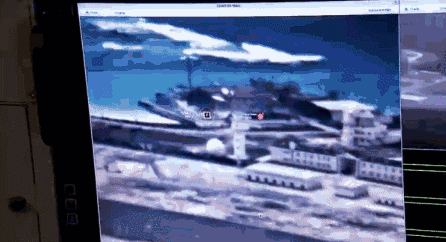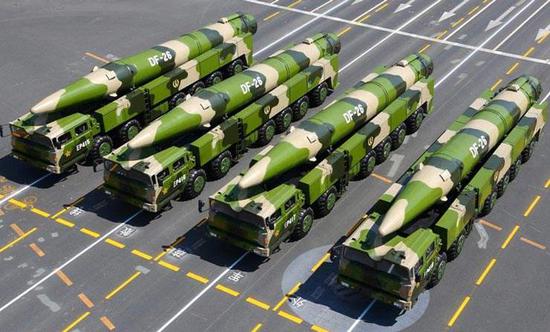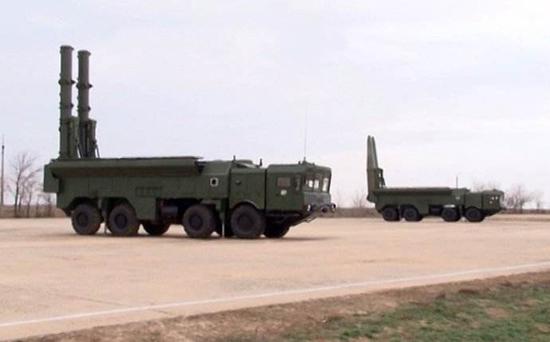- Joined
- Jul 25, 2018
- Messages
- 4,593
- Points
- 113
https://www.realclearpolitics.com/a..._still_building_aircraft_carriers_137747.html

As China's Military Masters Artificial Intelligence, Why Are We Still Building Aircraft Carriers?
By David Ignatius
August 08, 2018
ASPEN, Colorado -- Will the Pentagon, with its 30-year planning cycle for building ships, still be launching aircraft carriers in 2048 -- even though they're highly vulnerable to attack today?
That's an example of the military-modernization questions that kept nagging participants at last weekend's gathering of the Aspen Strategy Group, which annually brings together top-level current and former national-security officials, along with a few journalists, to discuss defense and foreign policy. This year's focus was on "Maintaining America's Edge" in the dawning era of high-tech combat, and the big takeaway was this: The future of warfare is now, and China is poised to dominate it.
Speakers at the conference described a new generation of combat systems, powered by artificial intelligence, cyberweapons and robots that can operate on land, sea and air. But America is still largely wedded to legacy weapons of the past -- superbly engineered (but super-expensive) aircraft carriers, bombers, fighter jets and submarines.
"We have a small number of exquisite, expensive, manned, hard-to-replace systems that would have been familiar to Dwight D. Eisenhower. They are being overtaken by advanced technology," argued Christian Brose, staff director of the Senate Armed Services Committee. Instead, he said, the Pentagon needs a large number of inexpensive, unmanned, expendable, autonomous systems that can survive in the new electronic battlespace and overwhelm any potential adversary.
"It is not that we lack money. It is that we are playing a losing game," Brose contended in a paper presented to the group. "Our competitors are now using advanced technologies to erode our military edge. This situation is becoming increasingly dire."
Future needs are being overwhelmed by past practices, because of what Brose's boss, Armed Services Committee Chairman Sen. John McCain, has called the "military-industrial-congressional complex." Brose calculates that in the Pentagon's initial request for $74 billion in new defense spending in fiscal 2019, only .006 percent was targeted for science and technology. The National Science Foundation estimates that in fiscal 2015, only 18 percent of the Pentagon's research and development budget went for basic, applied and advanced research. Major systems claimed 81 percent.
Even when the Pentagon tries to push innovation, it often stumbles. When Ashton Carter was defense secretary under President Obama, he created the Defense Innovation Unit -- Experimental, or DIUX, with offices in Silicon Valley, Boston and Austin. That operation thrived initially, negotiating 60 defense contracts with startups. The program has slowed under the Trump administration, despite support from Defense Secretary Jim Mattis, because it lacks funds and bureaucratic support, warned Christopher Kirchhoff, a former DIUX partner. If Mattis can appoint a strong new DIUX leader soon, maybe he can revive this innovation hub.
The biggest technological challenge discussed here was artificial intelligence. In a few years, these systems have taught themselves to play complex games like chess and Go better than humans, and to recognize voices and objects better, too. And soon, they will be driving the weapons of combat.
China appears determined to seize this AI "high ground" of future conflict. For the last two years, Chinese companies have won an AI competition for detecting objects. The Chinese are happy for the U.S. to keep building carriers and bombers, so long as they deploy the more advanced technologies that can disable these systems.
Richard Danzig, a former Navy secretary, published a brilliant paper discussed at the conference warning that as AI systems dominate warfare, they will "introduce important new risks of loss of control." Humans must be "maximally thoughtful and creative" during design (and plan for failure), because these AI-driven weapons will have accidents and unintended consequences. Wise policymakers must avoid a "Dr. Strangelove" world of unsafe killer robots and doomsday machines.
America's vulnerability to information warfare was a special topic of concern. One participant recalled a conversation several years ago with a Russian general who taunted him: "You have a cybercommand, but no information operations. Don't you know that information operations are how you take countries down?"
The Aspen Strategy Group is a devoutly bipartisan forum. But there was an intense discussion here of the issue that's vexing America this summer -- the growing political polarization that's creating so much discord that it's becoming a national-security problem.
As the gathering concluded Monday, Republicans and Democrats were equally passionate about spreading the message that this is a "Sputnik moment" for modernizing our military. Competing with a rising China begins at home, with a more nimble Pentagon and a country that's more united to face the big problems ahead.
(c) 2018, Washington Post Writers Group
WANG SUI WANG WANG SUI

As China's Military Masters Artificial Intelligence, Why Are We Still Building Aircraft Carriers?
By David Ignatius
August 08, 2018
ASPEN, Colorado -- Will the Pentagon, with its 30-year planning cycle for building ships, still be launching aircraft carriers in 2048 -- even though they're highly vulnerable to attack today?
That's an example of the military-modernization questions that kept nagging participants at last weekend's gathering of the Aspen Strategy Group, which annually brings together top-level current and former national-security officials, along with a few journalists, to discuss defense and foreign policy. This year's focus was on "Maintaining America's Edge" in the dawning era of high-tech combat, and the big takeaway was this: The future of warfare is now, and China is poised to dominate it.
Speakers at the conference described a new generation of combat systems, powered by artificial intelligence, cyberweapons and robots that can operate on land, sea and air. But America is still largely wedded to legacy weapons of the past -- superbly engineered (but super-expensive) aircraft carriers, bombers, fighter jets and submarines.
"We have a small number of exquisite, expensive, manned, hard-to-replace systems that would have been familiar to Dwight D. Eisenhower. They are being overtaken by advanced technology," argued Christian Brose, staff director of the Senate Armed Services Committee. Instead, he said, the Pentagon needs a large number of inexpensive, unmanned, expendable, autonomous systems that can survive in the new electronic battlespace and overwhelm any potential adversary.
"It is not that we lack money. It is that we are playing a losing game," Brose contended in a paper presented to the group. "Our competitors are now using advanced technologies to erode our military edge. This situation is becoming increasingly dire."
Future needs are being overwhelmed by past practices, because of what Brose's boss, Armed Services Committee Chairman Sen. John McCain, has called the "military-industrial-congressional complex." Brose calculates that in the Pentagon's initial request for $74 billion in new defense spending in fiscal 2019, only .006 percent was targeted for science and technology. The National Science Foundation estimates that in fiscal 2015, only 18 percent of the Pentagon's research and development budget went for basic, applied and advanced research. Major systems claimed 81 percent.
Even when the Pentagon tries to push innovation, it often stumbles. When Ashton Carter was defense secretary under President Obama, he created the Defense Innovation Unit -- Experimental, or DIUX, with offices in Silicon Valley, Boston and Austin. That operation thrived initially, negotiating 60 defense contracts with startups. The program has slowed under the Trump administration, despite support from Defense Secretary Jim Mattis, because it lacks funds and bureaucratic support, warned Christopher Kirchhoff, a former DIUX partner. If Mattis can appoint a strong new DIUX leader soon, maybe he can revive this innovation hub.
The biggest technological challenge discussed here was artificial intelligence. In a few years, these systems have taught themselves to play complex games like chess and Go better than humans, and to recognize voices and objects better, too. And soon, they will be driving the weapons of combat.
China appears determined to seize this AI "high ground" of future conflict. For the last two years, Chinese companies have won an AI competition for detecting objects. The Chinese are happy for the U.S. to keep building carriers and bombers, so long as they deploy the more advanced technologies that can disable these systems.
Richard Danzig, a former Navy secretary, published a brilliant paper discussed at the conference warning that as AI systems dominate warfare, they will "introduce important new risks of loss of control." Humans must be "maximally thoughtful and creative" during design (and plan for failure), because these AI-driven weapons will have accidents and unintended consequences. Wise policymakers must avoid a "Dr. Strangelove" world of unsafe killer robots and doomsday machines.
America's vulnerability to information warfare was a special topic of concern. One participant recalled a conversation several years ago with a Russian general who taunted him: "You have a cybercommand, but no information operations. Don't you know that information operations are how you take countries down?"
The Aspen Strategy Group is a devoutly bipartisan forum. But there was an intense discussion here of the issue that's vexing America this summer -- the growing political polarization that's creating so much discord that it's becoming a national-security problem.
As the gathering concluded Monday, Republicans and Democrats were equally passionate about spreading the message that this is a "Sputnik moment" for modernizing our military. Competing with a rising China begins at home, with a more nimble Pentagon and a country that's more united to face the big problems ahead.
(c) 2018, Washington Post Writers Group
WANG SUI WANG WANG SUI

